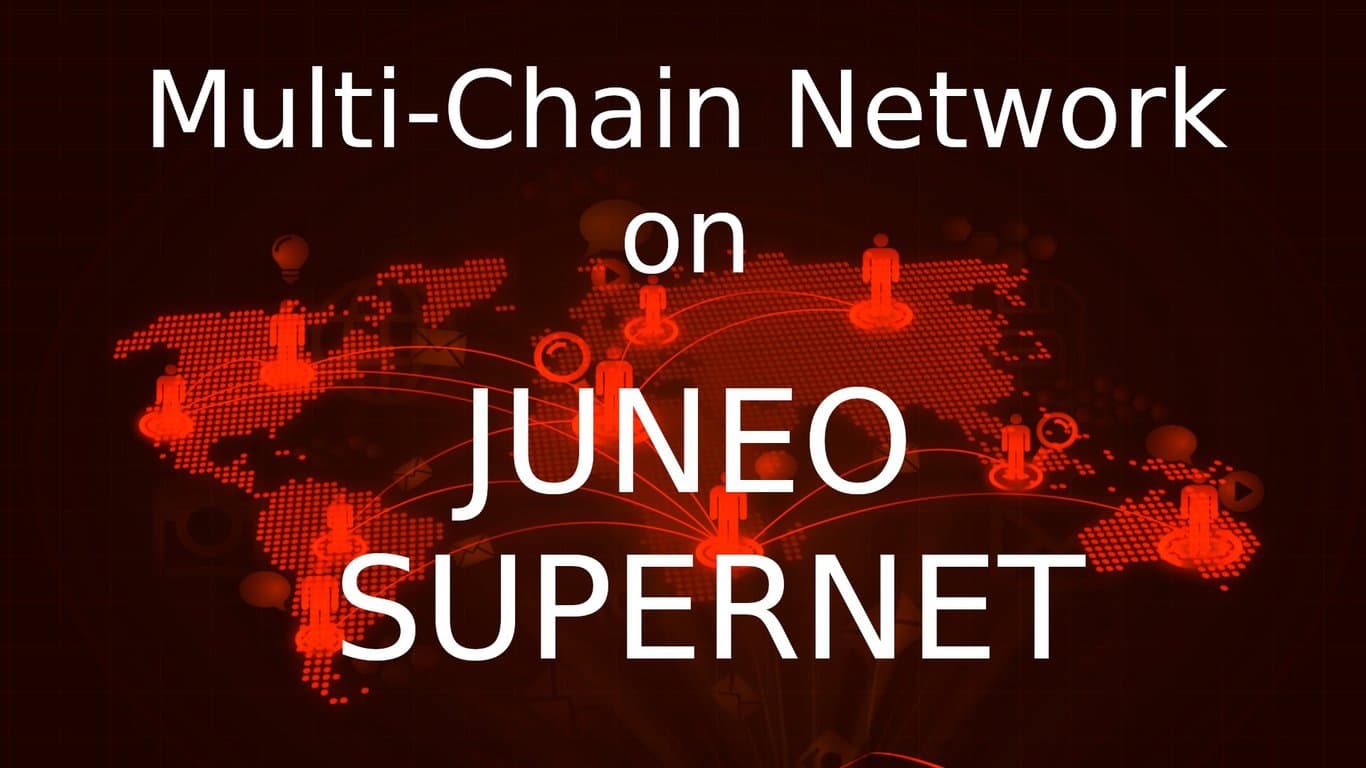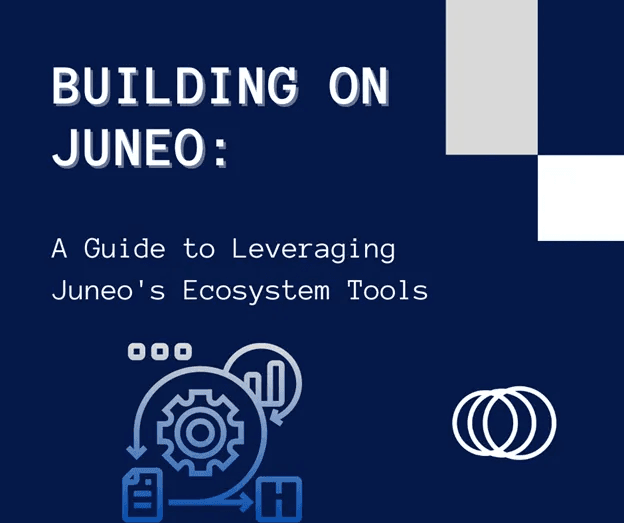Deploying a blockchain on the Multi-Chain Network (MCN) can seem like a daunting task, but with a structured approach, it becomes manageable. Here’s a step-by-step guide to get you started:

1. Understand MCN: MCN is a scalable and interoperable blockchain platform designed to support multiple blockchains, known as SuperNets, which can operate independently or interact with each other. Familiarize yourself with its architecture, including its consensus mechanism, infrastructure, and unique features.
2. Define Your Blockchain: Before deploying, clearly define the purpose and structure of your blockchain. Determine the type of blockchain you need — whether it’s public or private, its governance model, and its core functionalities. Decide on the consensus mechanism, tokenomics, and any specific features required for your use case.
3. Set Up Your Environment: Ensure you have the necessary hardware and software. For deploying on MCN, you typically need a development environment set up with tools compatible with MCN’s requirements. This often includes a node setup, development framework, and access to MCN’s APIs and SDKs.
4. Configure Your Blockchain: Use MCN’s configuration tools to set up your blockchain. This involves configuring the network parameters, such as block size, gas limits, and consensus rules. Customize the settings based on your blockchain’s needs and ensure they align with MCN’s best practices for performance and security.
5. Deploy the Blockchain: Deploy your blockchain by connecting to the MCN network and submitting your configuration. This process may involve launching nodes, initializing the blockchain, and deploying smart contracts if applicable. Follow MCN’s guidelines for deployment to ensure a smooth process.
6. Testing and Validation: Once deployed, thoroughly test your blockchain in a staging environment to identify and resolve any issues. Perform functional testing, stress testing, and security audits to ensure your blockchain operates correctly and securely before going live.
7. Go Live: After successful testing, transition your blockchain to the main MCN network. Monitor the deployment closely to address any issues that may arise. Ensure that all components are functioning as expected and that your blockchain is fully integrated into the MCN ecosystem.
8. Ongoing Maintenance: Post-deployment, maintain and monitor your blockchain to ensure its smooth operation. Regular updates, security patches, and performance optimizations will be necessary to keep your blockchain running efficiently and securely.
By following these steps, you can successfully deploy a blockchain on MCN, leveraging its scalability and interoperability to build a robust and effective solution for your needs.


